The twin Burmese-style temples of Wat Chong Kham and Wat Chong Klang are without doubt the Mae Hong Son's most popular landmarks. Both have a stunning location close to the city centre, overlooking the shores of Nong Kham Lake with mountains behind, it’s a picturesque and quiet environment ideal for memorable photo shots. The temples are adjacent within the same ground, both characterized by unusual turquoise green roofs with beautiful gold and white metal fretworks, and with similar names, so it’s easy to confuse one with the other. If you look from the front across the lake, Wat Chong Klang is on the right with in foreground its white and gold chedi and Wat Chong Kham is on the left. Wat Chong Kham is the oldest temple of Mae Hong Son. It was built on the bank of Nong Chong Kham swamp in 1827 by Thai Yai artisans during the rule of Phraya Singharat Racha, the first Shan governor of Mae Hong Son, but of the original structure, unfortunately, very little is left. Wat Chong Kham was almost completely destroyed by fire in 1970 and was later rebuilt, in part trying to respect the original design. The only original structure remained intact is an unusual Ubosot, the hall for the ordination of monks, with a large rectangular plan with several stupas on the roof. The main edifice of Wat Chong Kham, as in all temples of the Shan culture, is its largest wooden Viharn enhanced by a seven-layer Pyatthat, a multi-tiered spire. The modern-style building is decorated with beautiful white metal fretwork, and it has been completely rebuilt around the statue of Luang Pho To, a large Buddha image with a width of 4.85 meters cast by Burmese craftsmen. Inside Viharn you can also admire a pulpit, resembling a throne, used by the abbot for sermons, and another statue that is a replica of the Buddha image in Wat Suthat in Bangkok. In the temple, there also is a small museum displays the wooden sculptures that are carved by Burmese craftsmen more than 150 years ago.
Dating back to 1867-71, the adiacent Wat Chong Klang was built as an offering to Burmese monks who were visiting Mae Hong Son for the funeral of an important abbot. The temple houses a replica of Phra Phuttha Sihing, also know as Phra Buddha Sihing or Lion Buddha, which is one of most sacred image of Buddha in Thailand and a cultural landmark in the history of Theravada Buddhism. Legend has it that the original image of the Buddha Sihing was merged in Sri Lanka in 157 AD and was later brought in Siam in 1307 AD, at first in Nakhon Si Tammarat and then in Sukhothai during the heyday of the Sukhothai Kingdom. According to Siamese culture of that time, it was believed that wherever the image of Buddha Sihing resided the Buddhism would prosper, so of statue were made at least three copies perfectly equal, as it was the tradition in the style of the Sukhothai Kingdom. Currently there are three images of Buddha Sihing that share the same name, and claim to be the original, in Chiang Mai, Nakhon Si Tammarat and Bangkok, plus two latest replicas, this located inside the Wat Chong Klang and an other in Chiang Rai. In addition to Phra Phuttha Sihing, Wat Chong Klang hosts other interesting historical artefacts. The large open-fronted Viharn of temple is home to a large number of wooden figures and items, including a stunning Buddha image made in wicker. The figures are Burmese dolls bought from Burma 100 years ago and represent various stages of the Buddha's life. Near the main altar, there are three walls completely covered with 200 small paintings on glass coming from Mandalay in Burma, depicting the Phra Vejsandorn Jataka tales, the story of the previous lives of Prince Siddhartha, the Buddha. Note that most of the writing inside the temple is in Burmese. Outside Viharn is located the beautiful white and golden Chedi that is reproduced in many publicity photos of Mae Hong Son, and is in practice become the symbol of the city.
Admission fee & Opening hours: The temples are open daily from 07:30 until 18:00. Admission is free, although donations are suggested.
Getting there: Wat Chong Kham and Wat Chong Klang are located on the shores of Nong Kham Lake very close to city center, so easily accessible on foot or by Tuk-Tuk from any area of Mae Hong Son.Read More



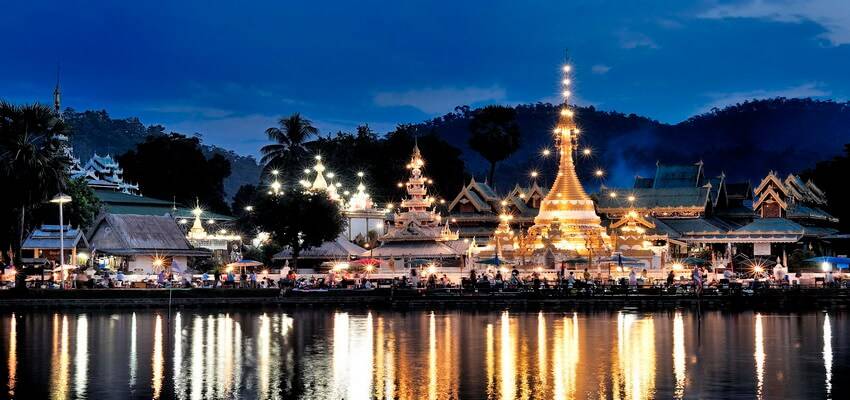
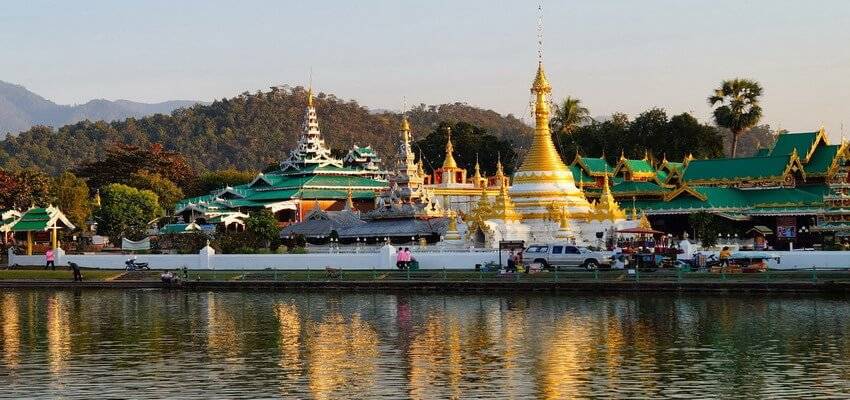
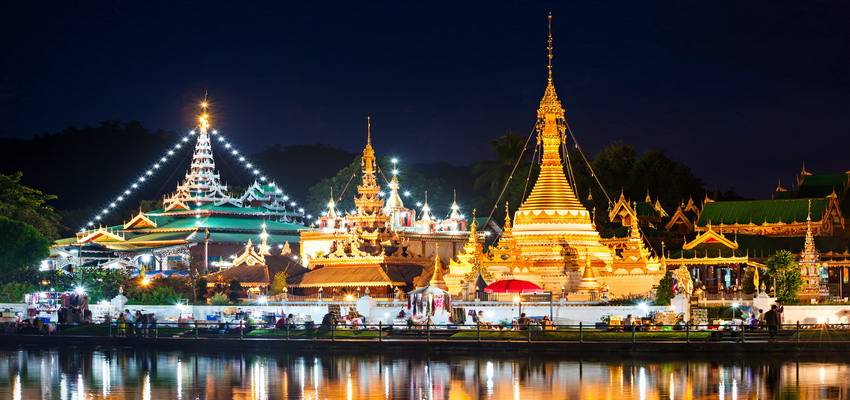
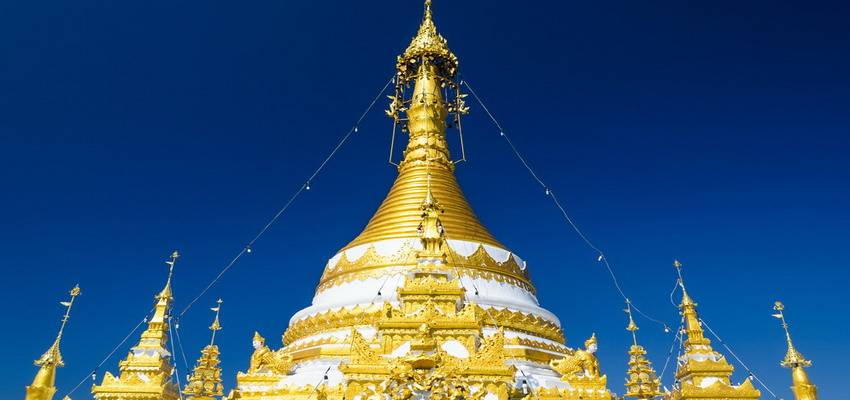
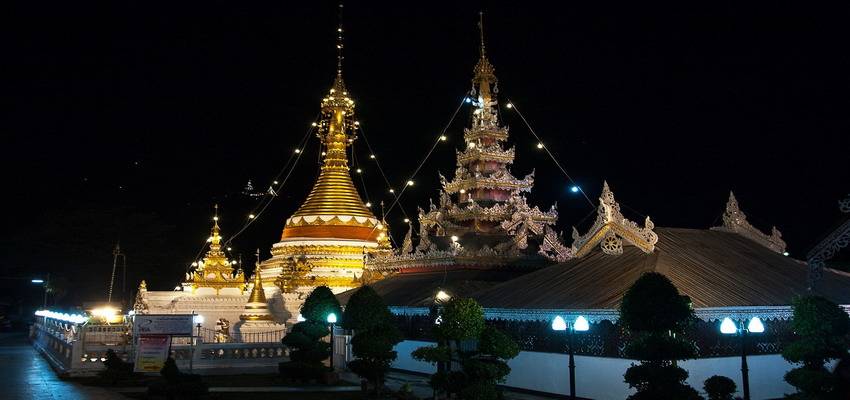
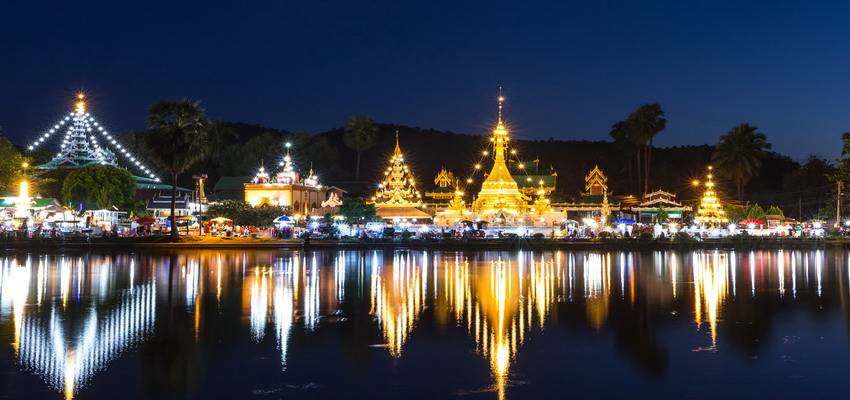
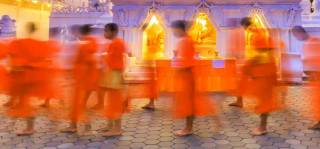
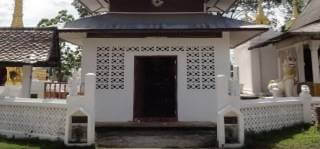
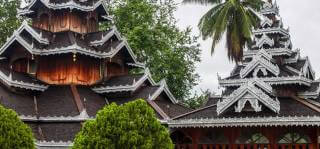
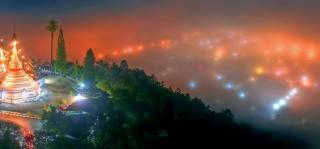

Reviews of Wat Chong Kham & Wat Chong Klang ()
Leave Your Opinion Out of concern for your satisfaction and in order to fulfill your expectations, we have created a place for your opinions.